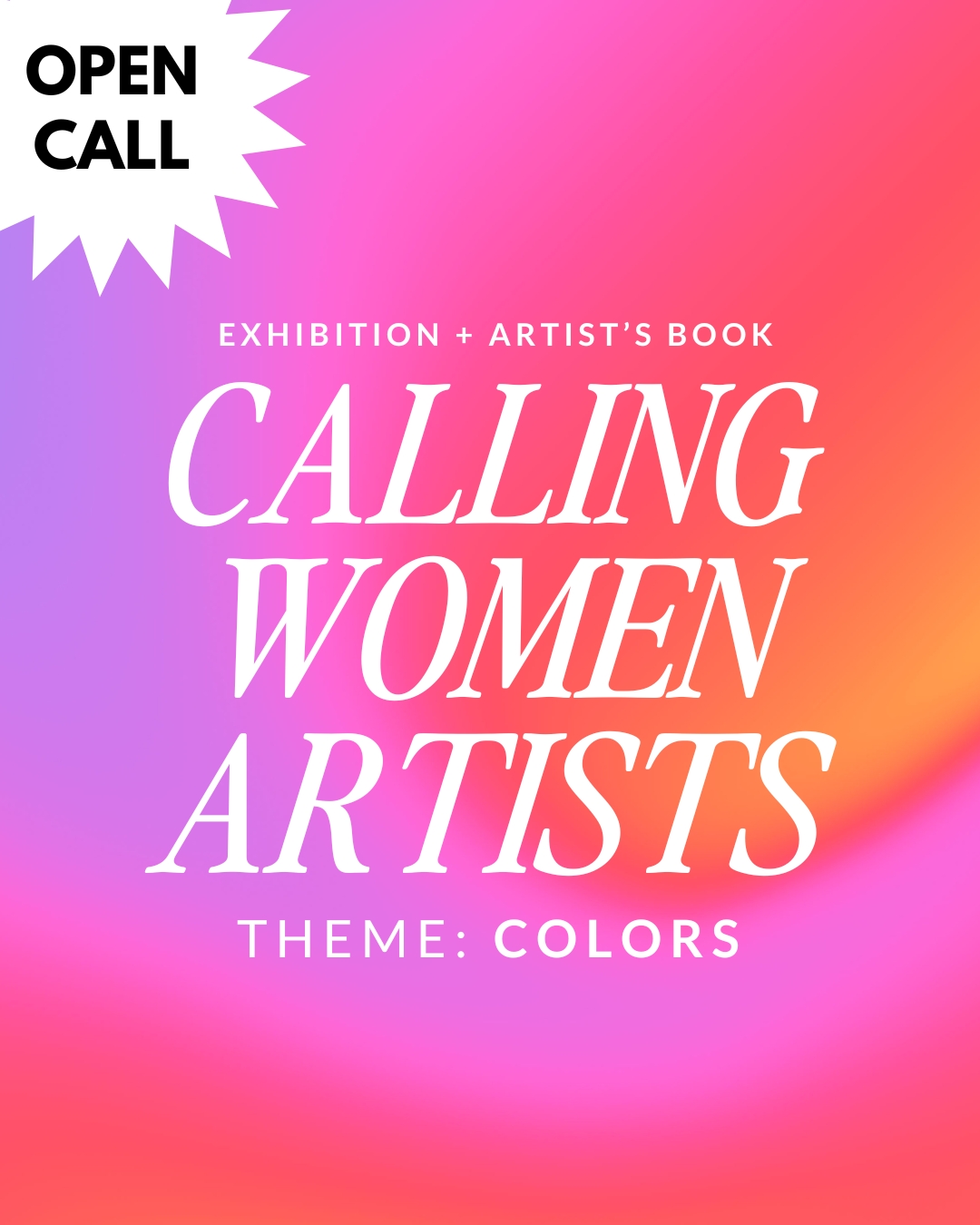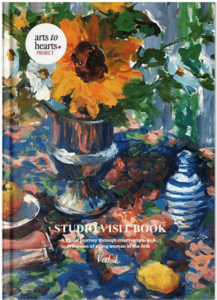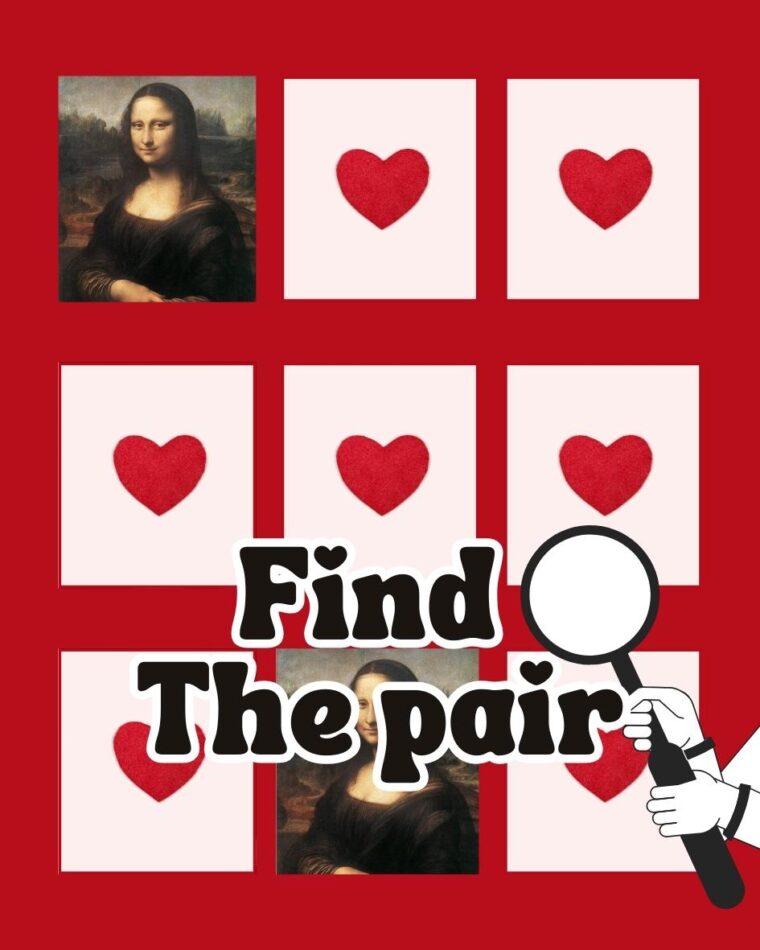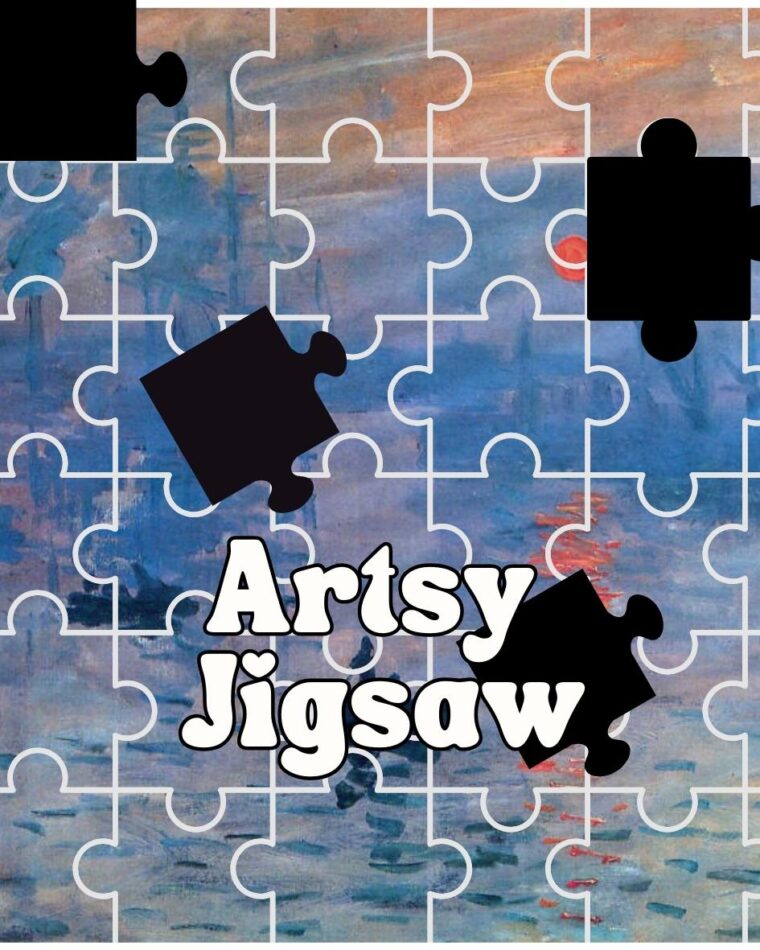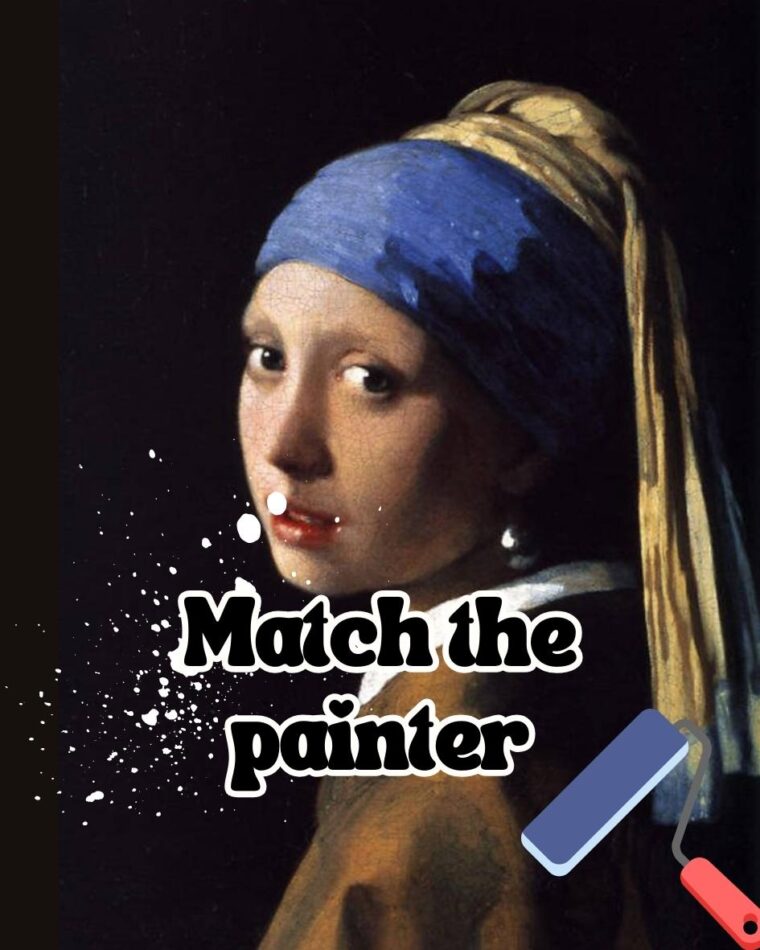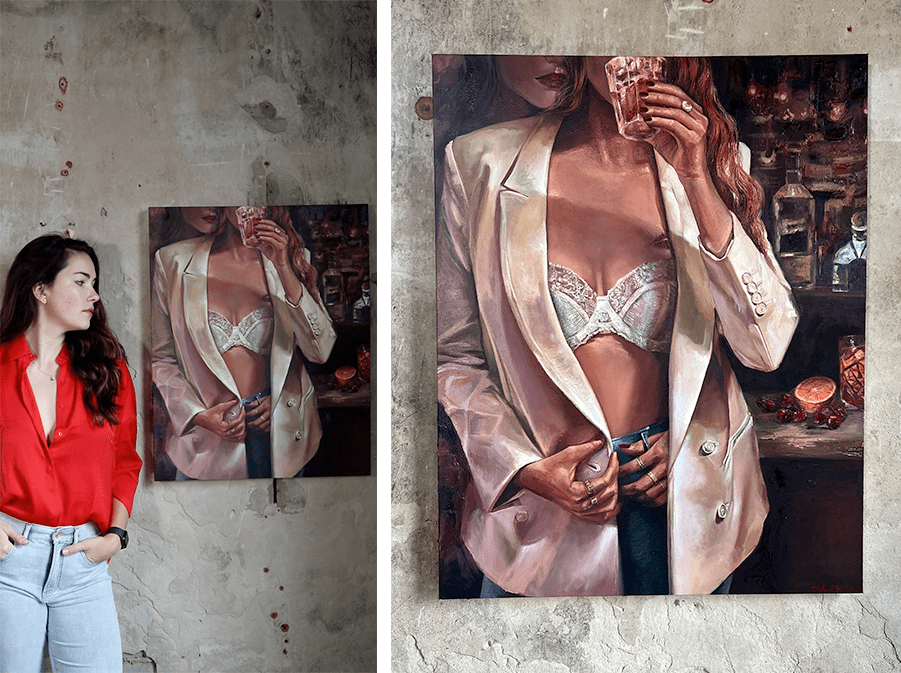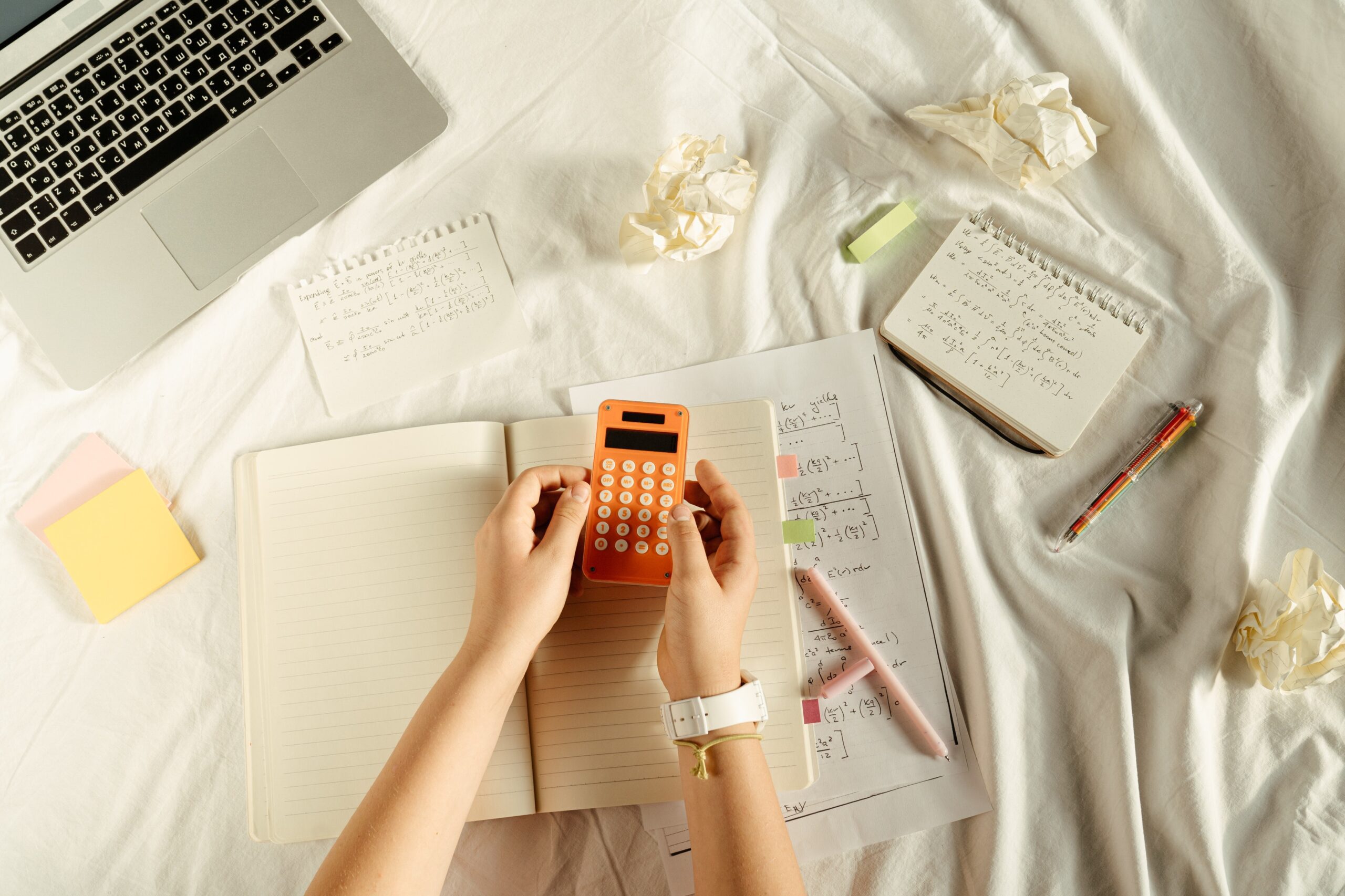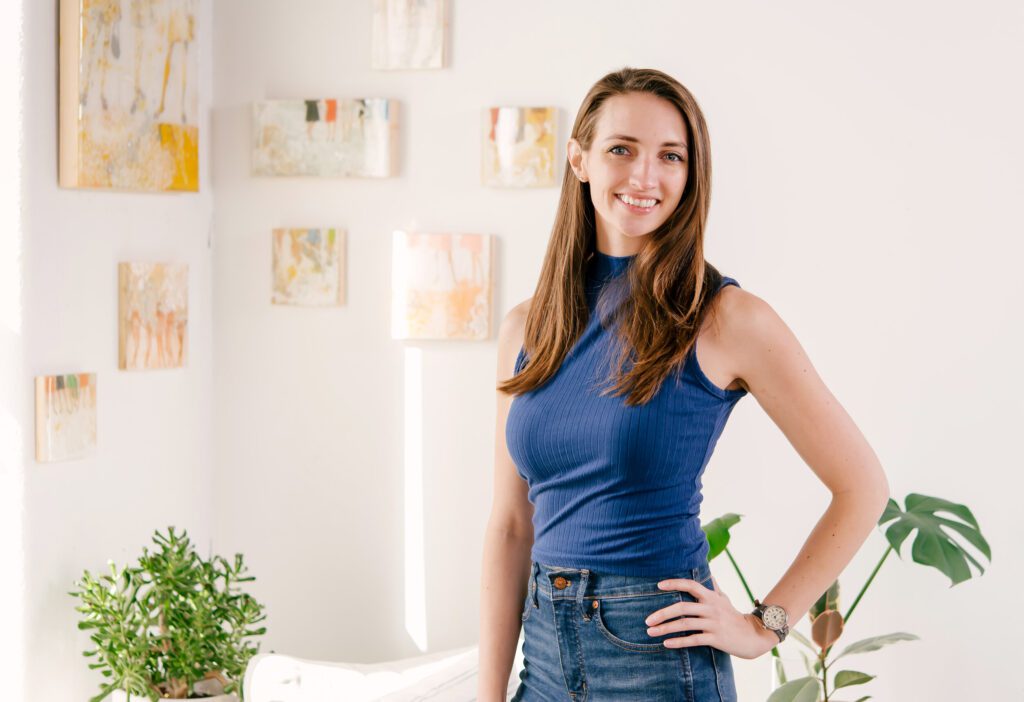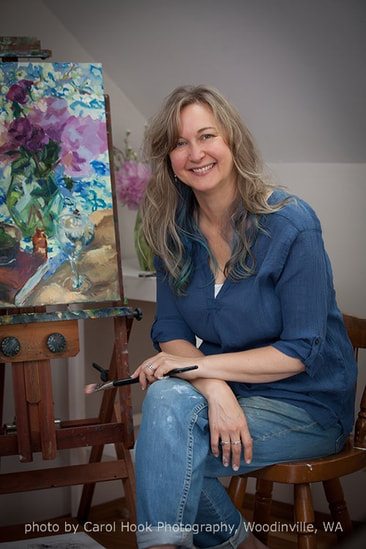
Virtual Studio Visit and Interview with Rebecca Youssef
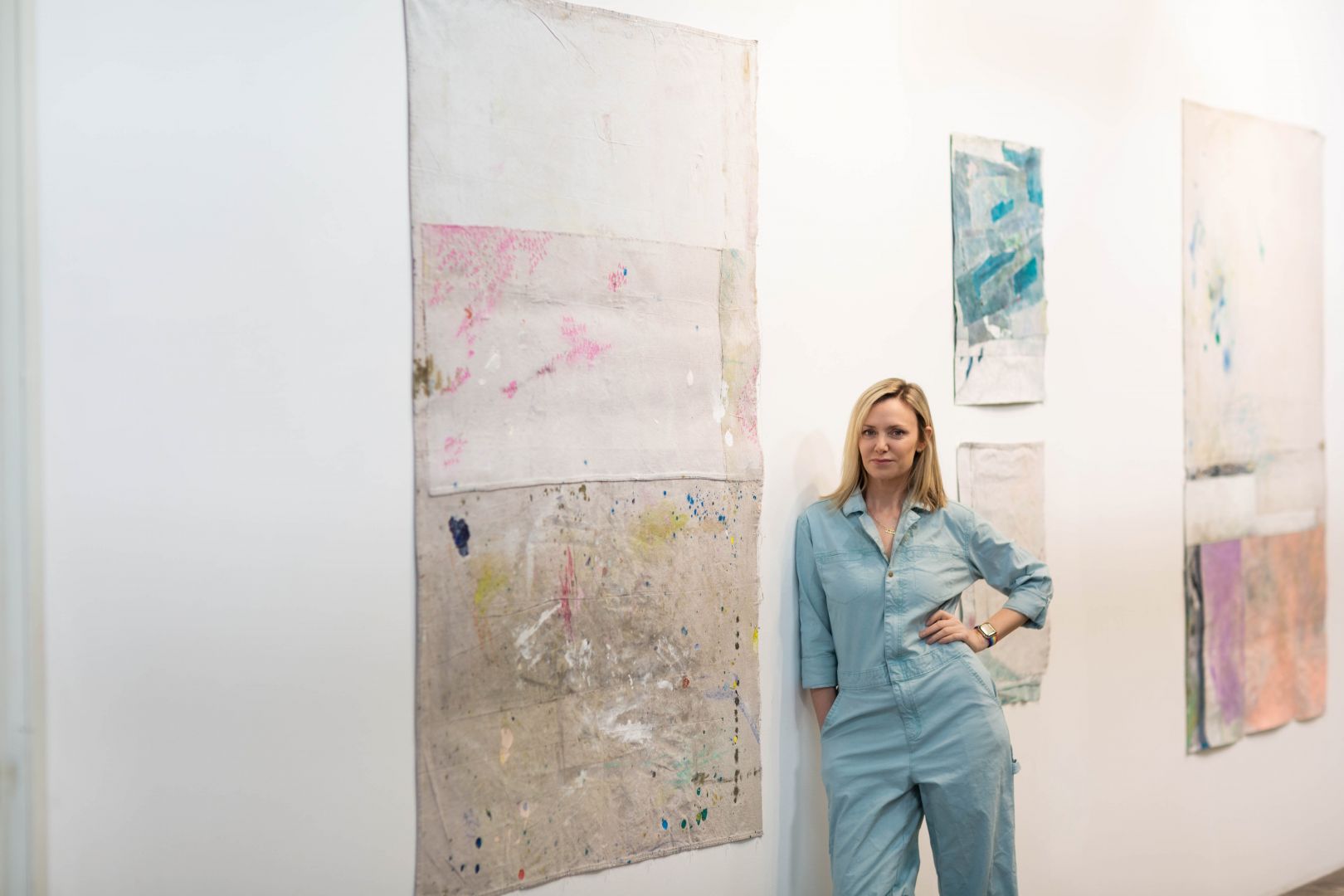

Our “Arts to Hearts Project” is a community led platform for women creators helping them tune their creativity into successful & Money making careers/businesses. To get to the core of what it means to be an artist, we’re stripping out the fluff and focusing on the basics. Therefore we decided to start a studio visit series called Arts to Hearts studio visits. We performed virtual studio visits and talked with many women artists from around the world as part of our series. Charuka Arora, the founder of Arts to Hearts, interviews artists in their studios and shares their work with our audience. All of these interviews are available on our official website, https://artstoheartsproject.com/. This week, Emily A. Mullet is the featured artist for our Arts to Hearts Studio Visits series.
Rebecca Youssef is a mixed-media artist with a particular interest in eco-art. While she was born and raised in Hawaii, she currently resides and works in Los Angeles. Repurposed materials are given a new lease on life through her work, which is inspired by the global push toward sustainability. Through eco-friendly art techniques, Rebecca’s work celebrates the natural world while also making her think about her own role in its constantly changing state.
We were in wonder as Rebecca toured us around her projects, materials, facilities, and collector’s goods during our virtual studio visit. Visiting her studio, her practise, and learning more about her work was an incredible experience that we are grateful for. Read on to learn more about Rebecca and her artwork!
To begin with, could you please tell us about your experience of relocating to your studio in Los Angeles?
I’m a big fan of showing my office to everyone. The airport across the street from my studio means that I occasionally hear airplanes landing and taking off. It’s a little loud, but I’m not hearing it anymore. That is, I’m used to it now, rather than used to the idea of it. When others are startled by the volume, whether in meetings, interviews, or phone conversations, I bring up the airport.
Tell us about your current state of mind on creating art using repurposed materials in the wake of the pandemic.
As you know, I’m a mixed media artist. Almost all of the materials I include into my artwork are secondhand or reclaimed. I’m also a papermaker. It’s a genuine thing to create sustainable art with something that I’ve always wanted to do. For me, the pandemic had a big impact on that. Consumption has always been a concern of mine. A few aspects of my work didn’t quite match my principles, and when March 2020 rolled around, Los Angeles went into lockdown mode, I was unprepared. I didn’t bring any art supplies home because I was so busy preparing the family and enrolling my children in online school.
Now, please tell our readers about how you managed to accomplish the 100-day challenge of Reduced, Recycled, and Reused Art.
I was unable to work in my studio for a few months after the pandemic struck since the entire globe was shut down. My self-imposed 100-day reduced, reused, recycled art project was born from this. I figured, since I’m an artist and artists are resourceful, why not do a 100-day experiment in which you are prohibited from purchasing any art supplies and are required to create your creations entirely from scratch using whatever you happen to have lying about your house. So, I came up with the idea of reusing those mounds of paper and making our own paper instead. As a result, the 100-day challenge proved to be a genuine boon to my personal development. It was remarkable how it shifted my artistic practise in a completely different direction.
Wow, what a brilliant concept. So, please tell us how the 100-day challenge has impacted your life as a whole.
I was proud of the work I was doing, but I knew there was more I could be doing. Since getting married and starting a family, it seems like nobody cared about the effort you put in while you were still in school since it’s so conceptual. I thought my art was no longer edgy, and I didn’t know what to do about it. It was difficult for me to discover my own voice. Even though I like working with colour, I felt like there was something missing. The 100-day challenge to reduce, reuse, and recycle was a godsend since it allowed me to combine two of my greatest hobbies. On the one hand, I have my art, and on the other, I have my environmental activism. I’m a huge fan of trees. For fun, I’ve been pursuing a career as an arborist. Trees have always piqued my interest. For them, I’ve also been cultivating natural trees from my native state of California. Three or four years ago, I began studying to become an arborist. However, this was something I was doing on my own. However, after I began this challenge, it was as if two of my greatest loves had magically come together. The missing piece has been found!
In light of the fact that you began out in a garage, please share your thoughts on the journey from garage to studio.
When I was at art school, I took the large rooms, tables, lockers, etc. for granted. My garage served as my first studio after high school. It was cold, dark, and squalid. It was, however, a place that I enjoyed because it reminded me of my own home. As a result of our move, I built a studio in my backyard. In other words, I was working outside when it was clear that it was not a good idea to be. Everything, including paper bags, paint, and other supplies, was malfunctioning. So I moved my studio to the kitchen counter. It was impossible for me to concentrate on my work because my children kept interrupting me with requests for paint brushes. So one day, my husband announced, “I’m going to find you a new studio!” Two weeks later, he found a studio for me, an amazing studio! And I can’t thank him enough for it.
For our “Arts to the Hearts Project,” we close every live session, studio visit, and podcast with a series of rapid-fire questions. You may also check out our podcasts at www.artstoheartsproject.com/podcast. So, returning to our round of rapid-fire questions with Rebecca, Charuka posed the following question to her.
That is genuinely awe-inspiring. We learned a great deal about you and your artistic endeavors from you. Before we wrap up, we’d like to ask you a few quick questions to get a better sense of who you are.
- Describe your studio in one word? It’s impossible to sum up my studio in a single word. But if I had to pick just one word, I’d go with “mine.”
- Tell us the one word that best reflects your personality. That’s a tough one. However, the one word that best describes my personality is “optimistic.”
- What is your favourite colour? Pink is a colour that will always hold a special place in my heart.
- Tell us about the first thing you brought to the studio. I can’t recall exactly what my first purchase was, but I believe it was a table.
- Any advice that you would like to give to the emerging artists? Never stop creating is the only piece of advice I can provide to an aspiring artist. Without regard to whether or not your efforts are being recognised or not, when it comes to your work, you should never quit.
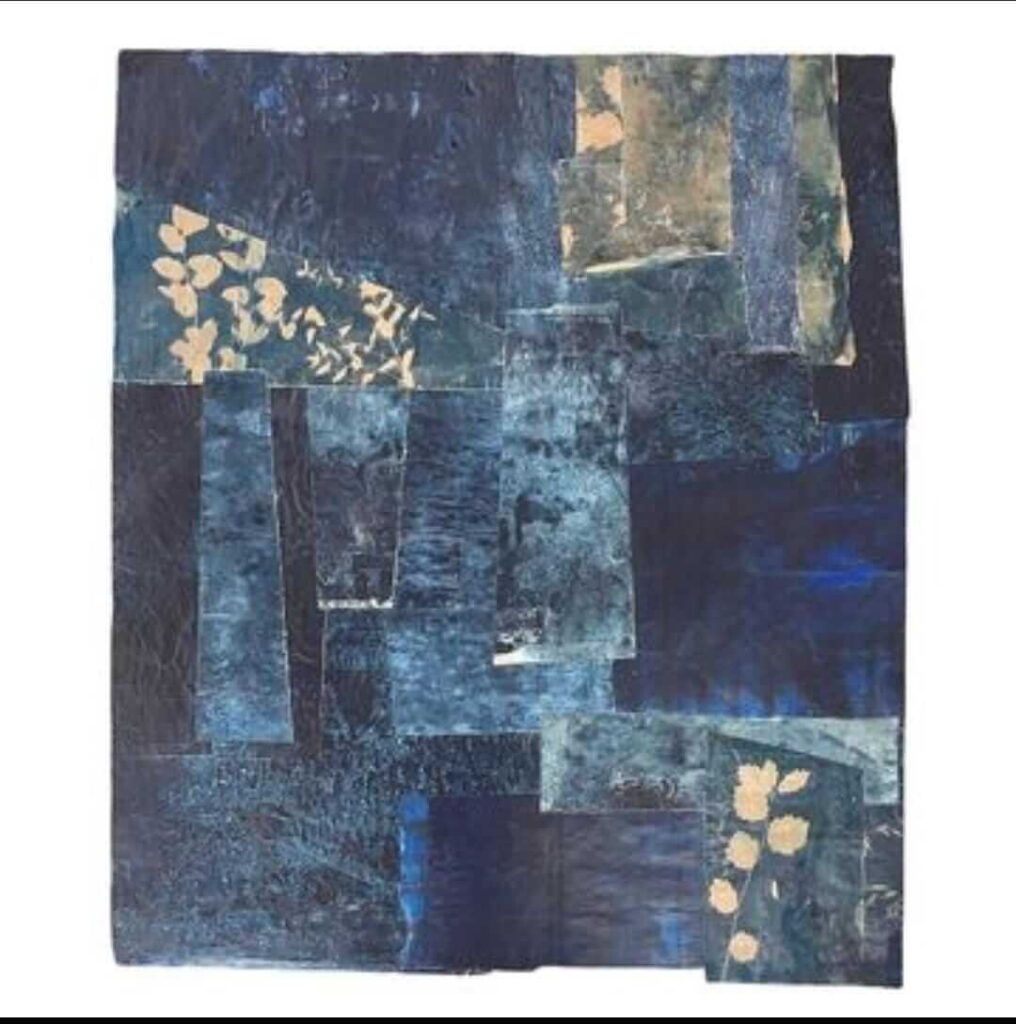
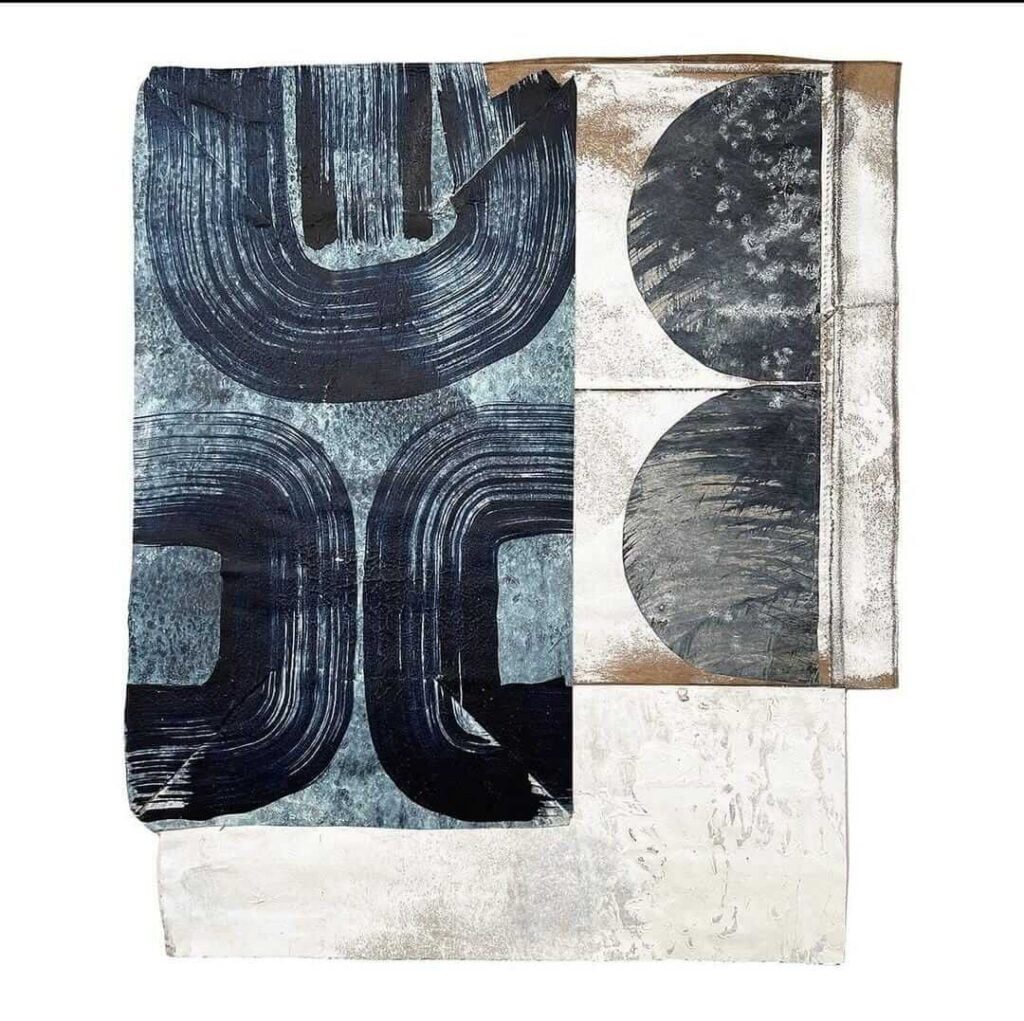

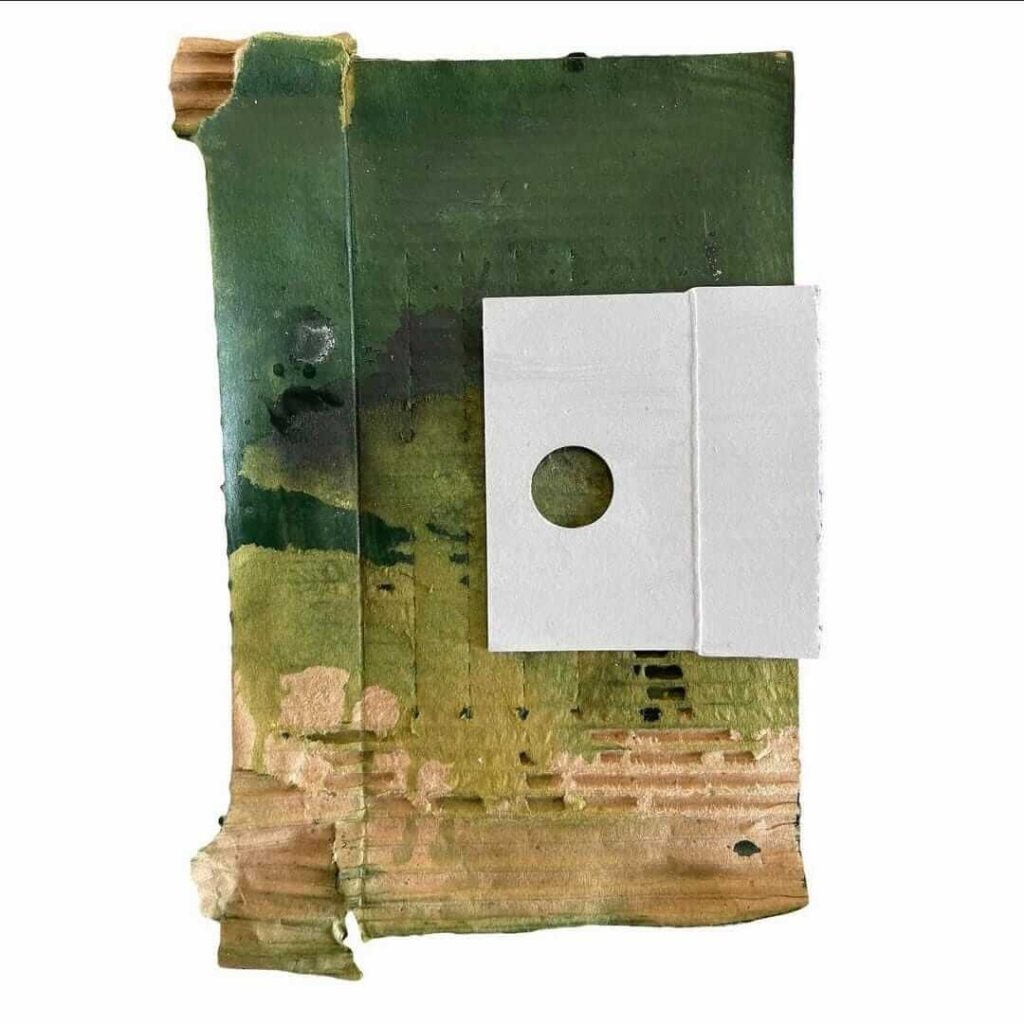
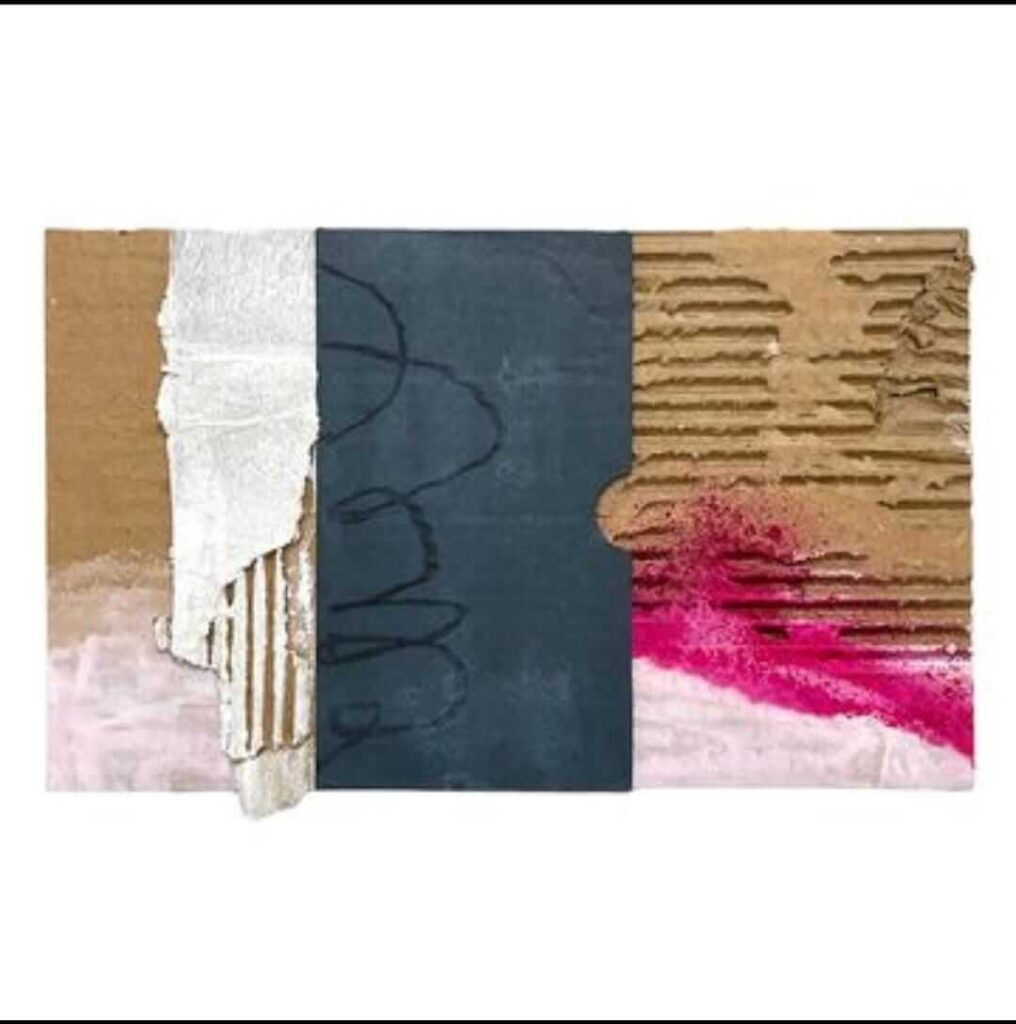
So, in our series of virtual studio visits this week, we learned a little bit about Hailey Torris. But the story doesn’t end here. We have a long list of intriguing studio visits and interviews with artists from around the world in the works. Arts to Hearts Project are on a mission to unite women creatives, globally. It is a global contemporary art platform & community for women artists/creative. We curate global projects, opportunities and a safe community for women creatives.
You can get all the details of all our future projects and can connect with us by visiting our website https://artstoheartsproject.com/ and subscribing to our newsletter. So until our next studio visit, keep creating the magic through your art.
